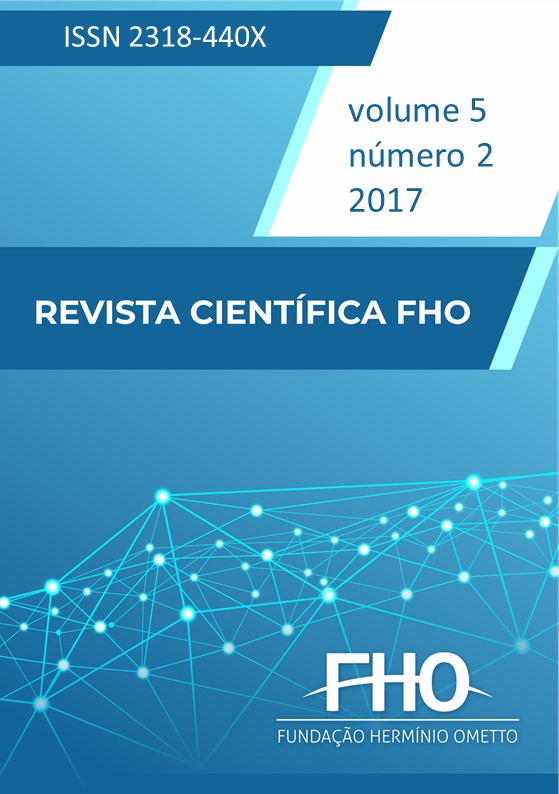Abstract
The soccer is an intermittent and acyclic sport modality, with constant alternations of intensity and actions. These modifications during a football match require the player to be able to overcome the resistance and withstand intense loads in the most efficient manner possible. In this way, it can be said that the player spends most of the game in low-intensity walking or trotting. In order to arrive at this finding, these investigations mostly used the following indicators: anaerobic threshold, maximum oxygen consumption, heart rate, exercise intensity, lactate concentrations, distance traveled, duration, sprints, intensity of actions performed and relation between time of activity and pause. However, these investigations also demonstrate that decisive actions in a football match, that is, those that define a ball contest or that often help to achieve or avoid a goal are anaerobic. Therefore, the footballer, given the varied demand of effort intensity in a match, has to privilege in his training characteristics as different as the development of explosive strength, speed, agility, flexibility, aerobic and anaerobic resistance, so harmonic and conjugated. In this way, the purpose of this investigation is to trace the physiological and physical capacity of the athletes during a match, and thus demonstrate the importance of the anaerobic metabolism in soccer.
References
ARRUDA, M.; HESPANHOL, J.E. Capítulo 1: Perfil fisiológico e físico do futebol. In:______. (Org). Treinamento de Força em Futebolistas. São Paulo: Phorte, 2009. p.15-24.
BANGSBO, J.; NORREGAARD, L. & THORSOE, F. Activity profile of competition soccer. Canadian Journal of Sports Science, .16, p.110-116, 1991.
BANGSBO, J.; MOHR, M. & KRUSTRUP, P. Physical and metabolic demands of training and match-play in the elite football player. Journal of Sports Science, v. 24, n. 7, p. 665-674, 2006.
BARBIERI, F.; BENITES, L.C.; SOUZA NETO, S. Os sistemas de jogo e as regras do futebol: considerações sobre suas modificações. Motriz, Rio Claro, v.15, n.2, p. 427-435, abr./jun. 2009.
BARROS, N.C.C. A Resistência Aeróbia no Futebol. 2008. 71 f. Monografia (Licenciatura em Desporto e Educação Física) – Faculdade de Desporto da Universidade do Porto, Porto.
BARROS, T.L; GUERRA, I. Ciência do Futebol. Barueri: Manole, 2004. 338p
BRADLEY, P.S. et al. High-intensity activity profiles of elite soccer players at different performance levels. Journal of Strenght and Conditioning Research, nov. 2009. DOI: 10.1519/JSC.0b013e3181aeb1b3
BRAGHIN, R.S. Respostas da frequência cardíaca de atletas de futebol juvenil durante três jogos oficiais. 2007. 97 f. Dissertação (Mestrado em Educação Física) – Universidade Metodista de Piracicaba, Piracicaba.
BRAZ, T.V. et al. Modelo competitivo da distância percorrida por futebolistas na UEFA Euro 2008. Revista Brasileira de Ciência do Esporte, v.31, n.3, p.177-191, maio 2010.
FLORIANO, L.T. et al. Influência de uma temporada no pico de velocidade e no limiar anaeróbio de atletas de futebol. Revista Brasileira de Futsal e Futebol, São Paulo, v.1, n.3, p.259-269, set./out./nov./dez. 2009.
GOMES, A. C.; SOUZA, J. Capítulo 2: Atividade motora realizada pelo futebolista durante o jogo. In:______. (Org). Futebol: treinamento desportivo de alto rendimento. Porto Alegre: Artmed, 2008. p.29-51.
NUNES, R.F.H. et al. Comparação de indicadores físicos e fisiológicos entre atletas profissionais de futsal e futebol. Motriz, Rio Claro, v.18, n.1, p.104-112, jan./mar. 2012.
PROIA, P. et al. Lactate as a Metabolite and a Regulator in the Central Nervous System. International journal of molecular sciences, v. 17, n. 9, p. 1450, 2016.
SANTOS, P.J.M.; SOARES, J.M. Capacidade aeróbia em futebolistas de elite em função da posição específica no jogo. Revista Portuguesa de Ciências do Desporto, v.1, n.2, p.7-12, 2001.
SILVA, J.F. et al. Aptidão aeróbia e capacidade de sprints repetidos no futebol: comparação entre posições. Motriz, Rio Claro, v.15, n.4, p.861 870, out./dez. 2009.
SILVA, P. R. S. et al. A Importância do Limiar Anaeróbio e do Consumo Máximo de Oxigênio (VO2 máx.) em Jogadores de Futebol. Revista Brasileira de Medicina do Esporte, São Paulo, v.5, n.6, p.225-232, 1999.
STOLEN, T. et al. Physiology of Soccer. Sports Medicine, v.35, n.6, p.501-536, 2005.

This work is licensed under a Creative Commons Attribution-NonCommercial 4.0 International License.
Copyright (c) 2017 Renato Gheller da Cunha; João Carlos de Oliveira
